


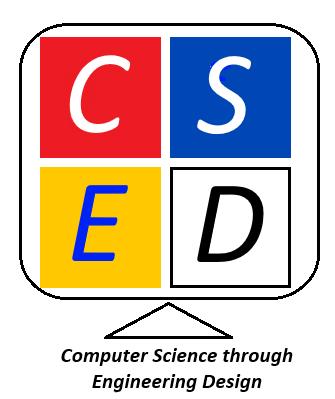
Conducting a Light and Sound Show
Challenge
You and your team need to design an interactive light and sound show that responds to motion. You will conduct by moving your hand into and out of an open-faced rectangular prism (the Conductor’s Magical Box), thus varying the distance from a sensor— and in the process you will create a light and sound show. The design should include blinking lights along with music. There should be different musical tunes that play when your hand is at different distances. Each tune must have a minimum of 10 seconds of play time.
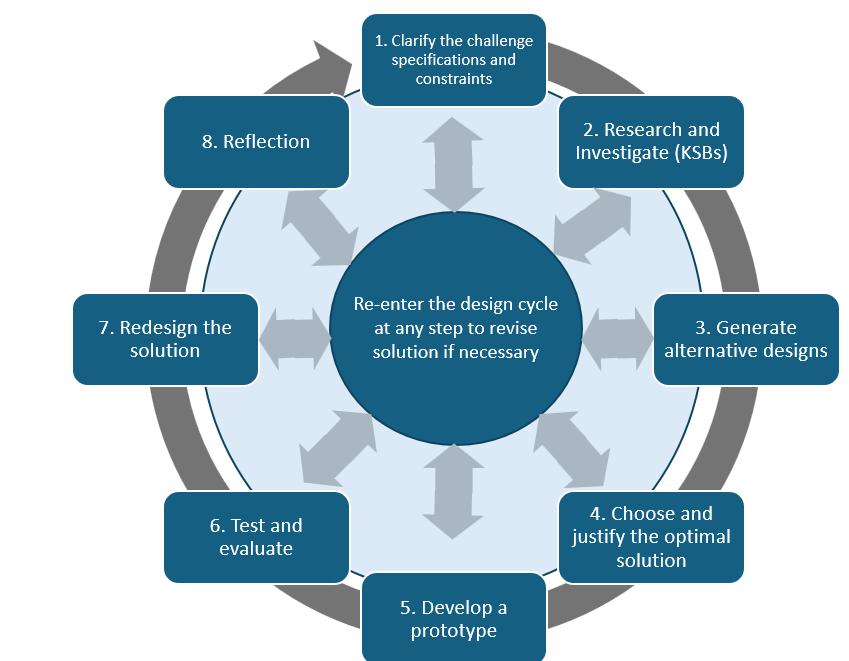
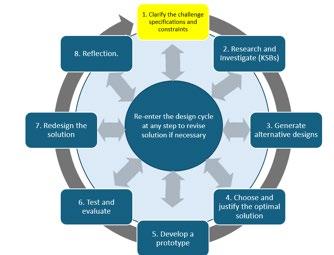
Specifications (What the design has to do)
Constraints (things that limit your solution)
Google Doc. Indicate what the specifications are that the design must meet and constraints on your design.
Materials
Cardboard
Glue gun
Tape
Ruler
Hummingbird LED lights
Hummingbird distance sensor
Light and Sound Assessment Rubric
Criteria 1 – Beginning 2 – Developing 3 – Accomplished
Alternative One design idea
Two design ideas described. Three or more design ideas clearly Designs described. No explanation of how it meets the project goals or constraints.
Music Design One tune plays regardless of hand distance. Tune is less than 10 seconds long.
Light Design LEDs remain solid (on or off) during the show. No blinking or color changes.
Provides a reason why one design was chosen based on ease of implementation or expected performance.
Two different tunes are triggered at different distance zones (e.g., 0–20 cm and 21–40 cm). Each plays at least 10 seconds.
LEDs blink continuously during the show. Blinking is not tied to user motion or music.
described. Preferred design selected and justified using at least two criteria (e.g., sensor effectiveness, light/sound coordination, user control).
Three or more distinct musical segments are triggered at clearly marked distance zones (e.g., 10–30 cm, 31–50 cm, 51–70 cm). Each segment plays for at least 10 seconds. Includes a silent zone (e.g., <10 cm or >70 cm) as part of the design.
LEDs are coded to blink in distinct patterns and/or colors for each distance-triggered musical segment. Patterns visibly change when the hand moves between marked distance zones. Lights are synchronized with hand movement and music transitions.
Final Design Includes a photo of the Includes a photo and code with Includes a photo of the final product, and Code prototype and an unannotated screenshot of the final code.
1–2 sentence explanation of what the code does.
annotated code (e.g., comments in Snap), and a 3–5 sentence explanation of how the code triggers lights and music based on distance. The physical box includes clearly labeled distance zones in cm. Code uses if-else logic to vary output based on distance ranges.
Testing and No structured testing. Conducted 1–2 test trials to Conducted at least three test trials. Evaluation No explanation of what worked or didn’t. check whether music/light respond to hand motion. Brief explanation of one success or failure.
Documents exact outcomes for each distance zone (e.g., 'At 25 cm, tune 2 played and blue lights blinked.'). Explains fixes made after testing.
Redesign No redesign is Describes one change that Implements at least one redesign (e.g., Thinking attempted or discussed. might improve appearance or function (e.g., repositioning sensor). No changes implemented. code update, repositioned LEDs). Explains what was changed and how it improved performance.
Reflection on Provides one vague or Names two specific things Explains at least two learnings with Learning general statement (e.g., 'I learned how to code.'). learned (e.g., 'how to use the distance sensor' and 'how to blink LEDs').
specific examples from the project (e.g., 'I learned how to use “if-else” in Snap to switch between songs based on distance.').
Knowledge and Skill Builders (KSBs)

KSB 1 Preliminary Design. You will be conducting the ‘show’ by moving your hand in the Conductor’s box. A distance sensor will detect how far away your hand is from it and this information can be used by you to turn on lights and create and change sounds. The distance sensor operates most effectively between 10 80 cm, but you may want to make the box about 60-80 cm (about two feet) so it fits on a desk or table. You may want to measure and mark different distances on the box, so you will know where to move your hand. You may want to play different songs at different distances from the sensor, or you may elect to have the Hummingbird play different notes at varying distances. Simultaneously, your code will direct the microprocessor to turn on LED lights for the light show. You will decide how you want the LEDs displayed. Below is an example of a Conductor’s Box; notice the small opening at the end for the distance sensor to be inserted. The tape indicates a zone where no music is played.
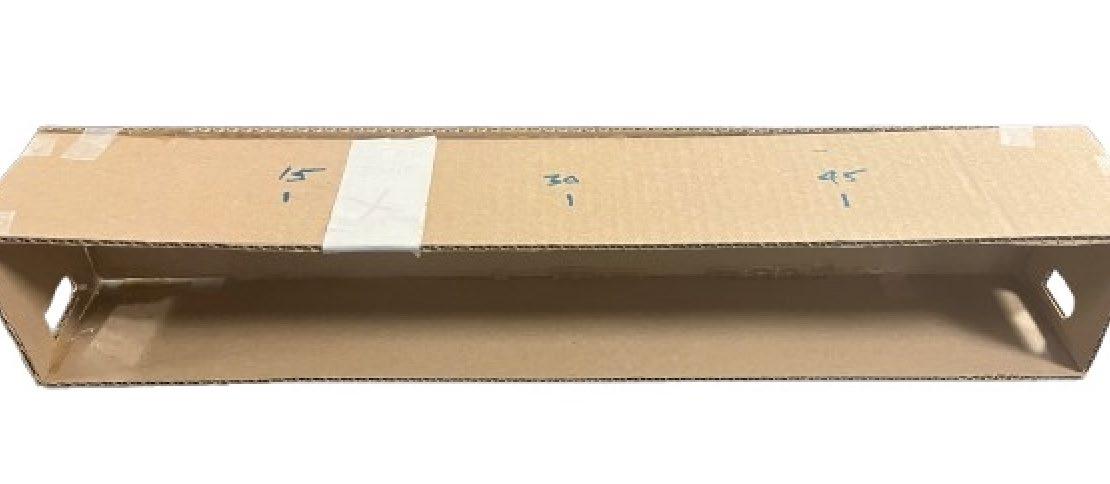

This is the front of Conductor’s Magical Box. The LEDs are positioned in the center of the aluminum foil, which is used to spread out the light from the LED so it has a greater impact.
Now think about what you would like to have happen when you move your hand from the starting position. Do you want a defined starting position? Should a song play, or should individual notes sound? What kind of lighting effects would you like specific colors, blinking patterns, or color changes synchronized with the music?
Keep in mind that there is a lag time from when you move your hand until the sound starts; the LEDs are quicker to respond. So, you will need to consider this timing difference as you think about your design.
Google Doc. What are your initial thoughts as to what you want to happen when you move your hand? Think about the sequence of actions the computer must make, step-by-stepo, as your hand moves through the box. Upload.
KSB2 How the Distance Sensor Works

Here is a link from Birdbrain Technologies explaining the Distance Sensor.
https://learn.birdbraintechnologies.com/hummingbirdbit/snap/program/15-1
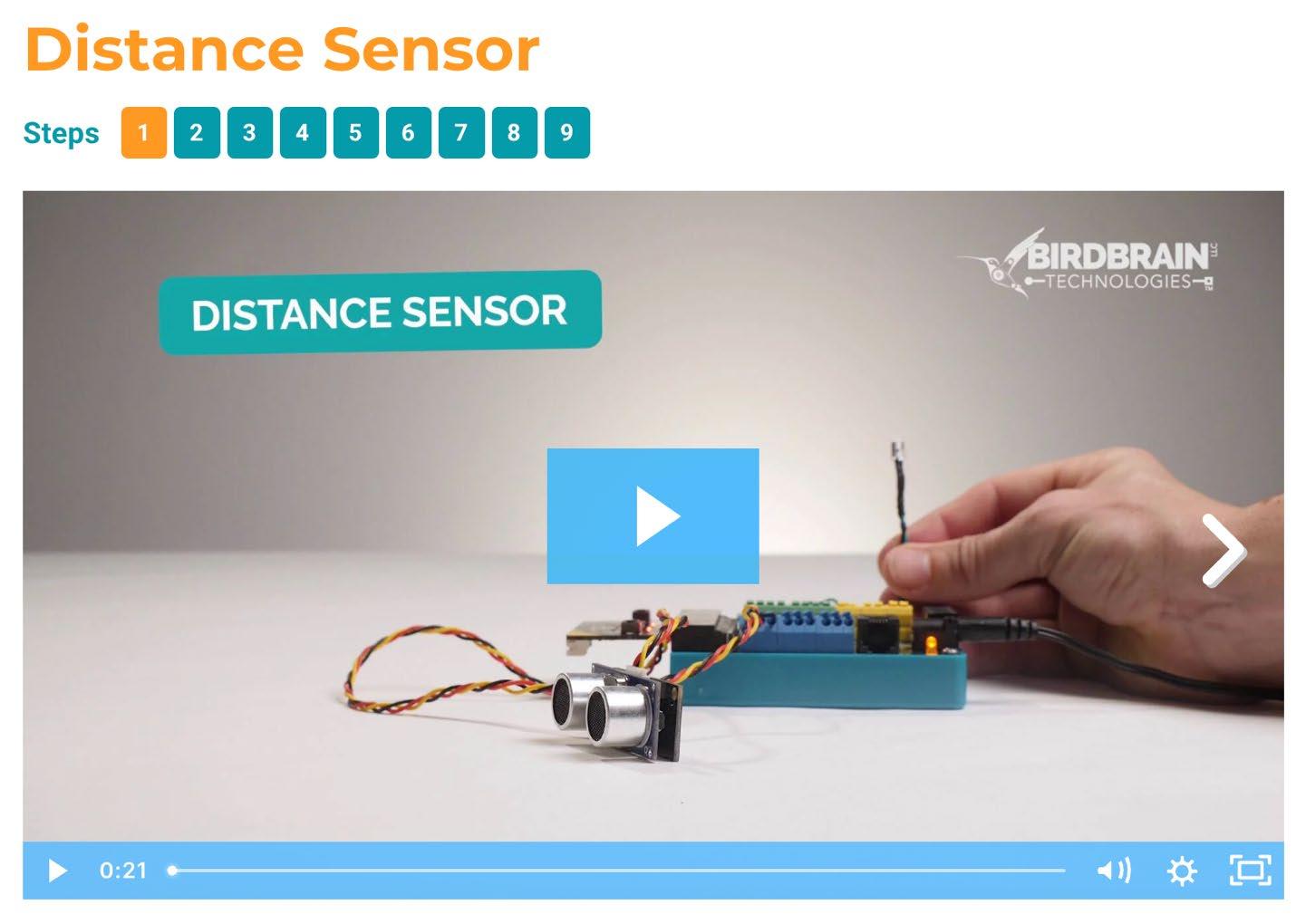
Google Doc. Take a screenshot of the code you wrote to make the sensor activate and upload it.
KSB3—How single color LED Works

Here is a link from Birdbrain Technologies explaining the single color LED
https://learn.birdbraintechnologies.com/hummingbirdbit/snap/program/6-1
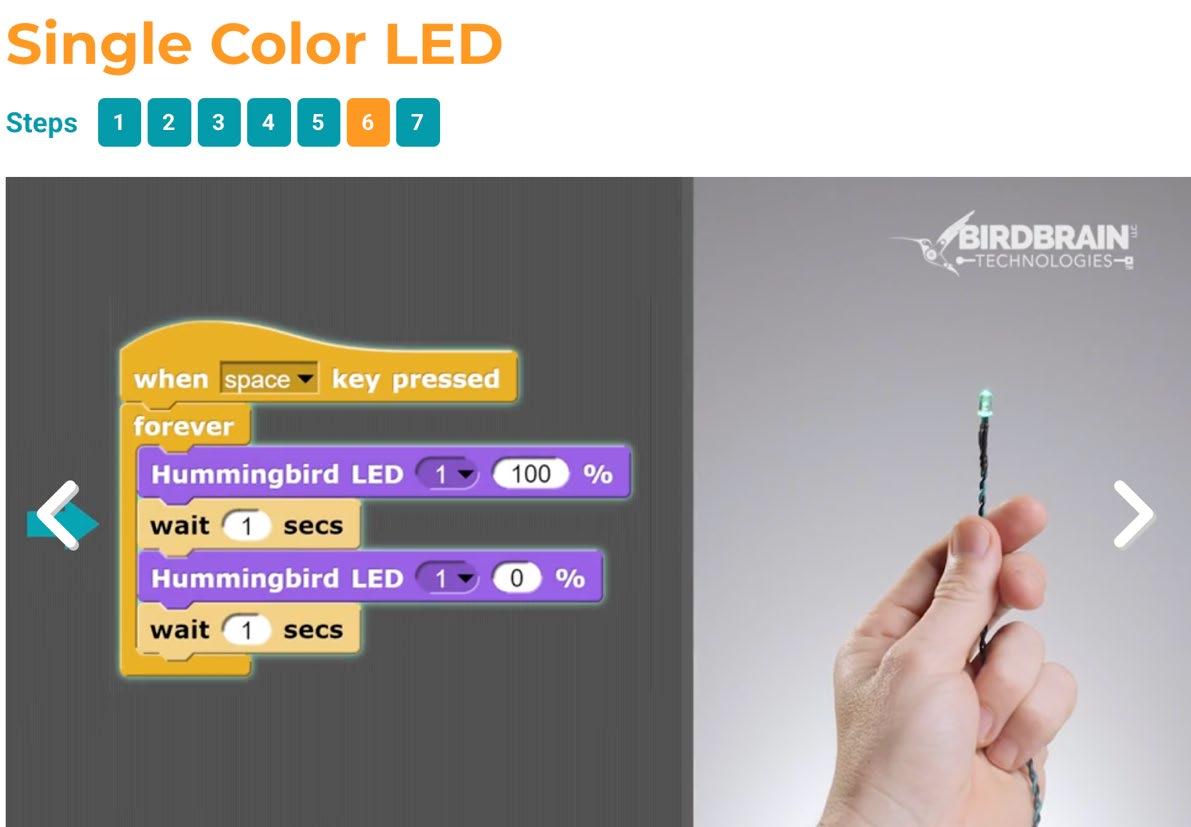
The code above is for one LED. Now write code to make two LEDs blink.
Google Doc. Upload your code for two LEDs blinking.
Alternative Light and Sound System Designs

Make a few sketches of different design ideas and include brief explanations of how the various designs will work. For instance, one might be a tune you create, and another might be an imported song segment. The size of the box can vary.
Google Doc. Upload your sketches and explanations of how the different designs will work.
Optimum Light and Sound System Part 1 The Structure
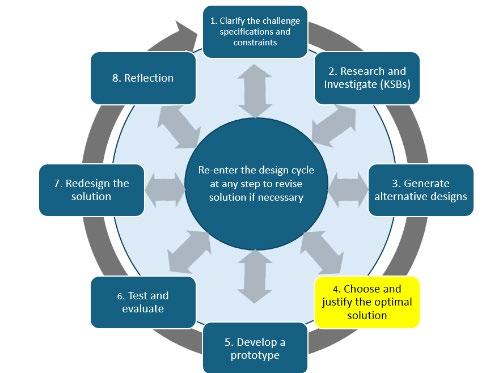
Which alternative design did you like best? This is the optimal design. Why do you think so? Please explain.
Google Doc. Upload your explanation of your optimal design and a sketch of it.
Optimal Light and Sound System Part 2 Light and Sound Code
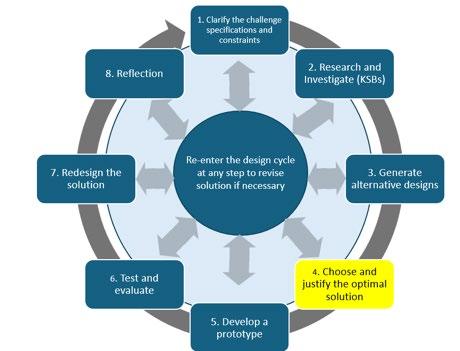
Now you need to put everything together and create a Light and Sound Code that will allow you to play music and have lights blink as you move your hands in the Conductor’s Box. Often, as you write and test the code, you’ll need to make changes.
Google Doc. Take a picture of your final code and upload it.
Develop Your Prototype

Now it is time to build your system the code, the controller, the lights, and the distance sensor. Take two photos of the final design. One that shows what the audience would see, and the other that shows what you, as the conductor, would see.
Google Doc. Upload the pics of the Conductor’s Box, front and back, and a pic of the code. Test and Evaluate
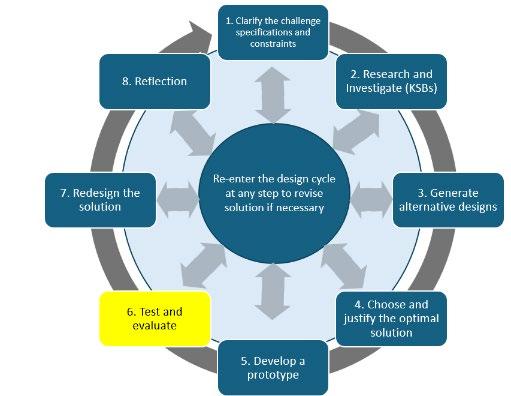
Did your solution work and meet the design specifications? Briefly explain why it did or did not. How did you test the design?
Google Doc. Explain your testing procedure and whether your design met the specifications or did not. Include any code changes you made to improve the Conductor’s Box performance.
Redesign Ideas
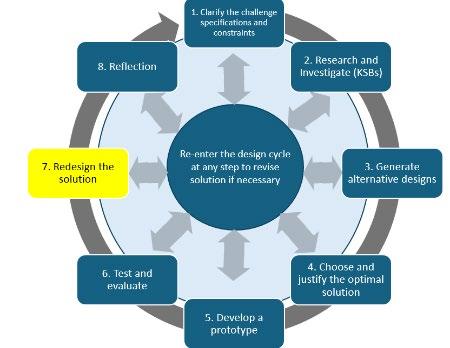
Engineers always seek to make devices more efficient, reliable, and effective.
Google Doc. What are your ideas about how to improve your design?
Reflection
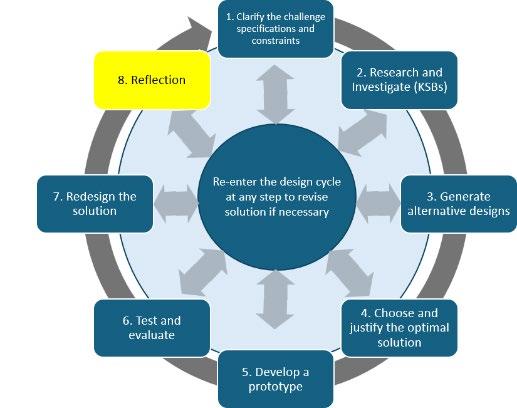
What did you learn while building and testing your Conductor’s Box? For instance, did you realize that if you didn’t wait for one tune to end before starting another (by inserting your hand at a different point), then the tunes will play on top of each other?. Or did you create a melody where you wanted this to happen? Did you import music? How did that work?
Google Doc. Upload a response to the questions above and any other thoughts you may have.
Criteria 1 – Beginning 2 – Developing 3 – Accomplished
Alternative One design idea
Two design ideas described. Three or more design ideas clearly Designs described. No explanation of how it meets the project goals or constraints. Provides a reason why one design was chosen based on ease of implementation or expected performance. described. Preferred design selected and justified using at least two criteria (e.g., sensor effectiveness, light/sound coordination, user control).
Music Design One tune plays regardless of hand distance. Tune is less than 10 seconds long.
Light Design LEDs remain solid (on or off) during the show. No blinking or color changes.
Two different tunes are triggered at different distance zones (e.g., 0–20 cm and 21–40 cm). Each plays at least 10 seconds.
LEDs blink continuously during the show. Blinking is not tied to user motion or music.
Three or more distinct musical segments are triggered at clearly marked distance zones (e.g., 10–30 cm, 31–50 cm, 51–70 cm). Each segment plays for at least 10 seconds. Includes a silent zone (e.g., <10 cm or >70 cm) as part of the design.
LEDs are coded to blink in distinct patterns and/or colors for each distance-triggered musical segment. Patterns visibly change when the hand moves between marked distance zones. Lights are synchronized with hand movement and music transitions.
Final Design Includes a photo of the Includes a photo and code with Includes a photo of the final product, and Code prototype and an unannotated screenshot of the final code.
1–2 sentence explanation of what the code does.
annotated code (e.g., comments in Snap), and a 3–5 sentence explanation of how the code triggers lights and music based on distance. The physical box includes clearly labeled distance zones in cm. Code uses if-else logic to vary output based on distance ranges.
Testing and No structured testing. Conducted 1–2 test trials to Conducted at least three test trials.
Evaluation No explanation of what worked or didn’t.
Redesign No redesign is
check whether music/light respond to hand motion. Brief explanation of one success or failure.
Documents exact outcomes for each distance zone (e.g., 'At 25 cm, tune 2 played and blue lights blinked.'). Explains fixes made after testing.
Describes one change that Implements at least one redesign (e.g., Thinking attempted or discussed. might improve appearance or function (e.g., repositioning sensor). No changes implemented. code update, repositioned LEDs). Explains what was changed and how it improved performance.
Reflection on Provides one vague or Names two specific things Explains at least two learnings with Learning general statement (e.g., 'I learned how to code.'). learned (e.g., 'how to use the distance sensor' and 'how to blink LEDs').
specific examples from the project (e.g., 'I learned how to use “if-else” in Snap to switch between songs based on distance.').
